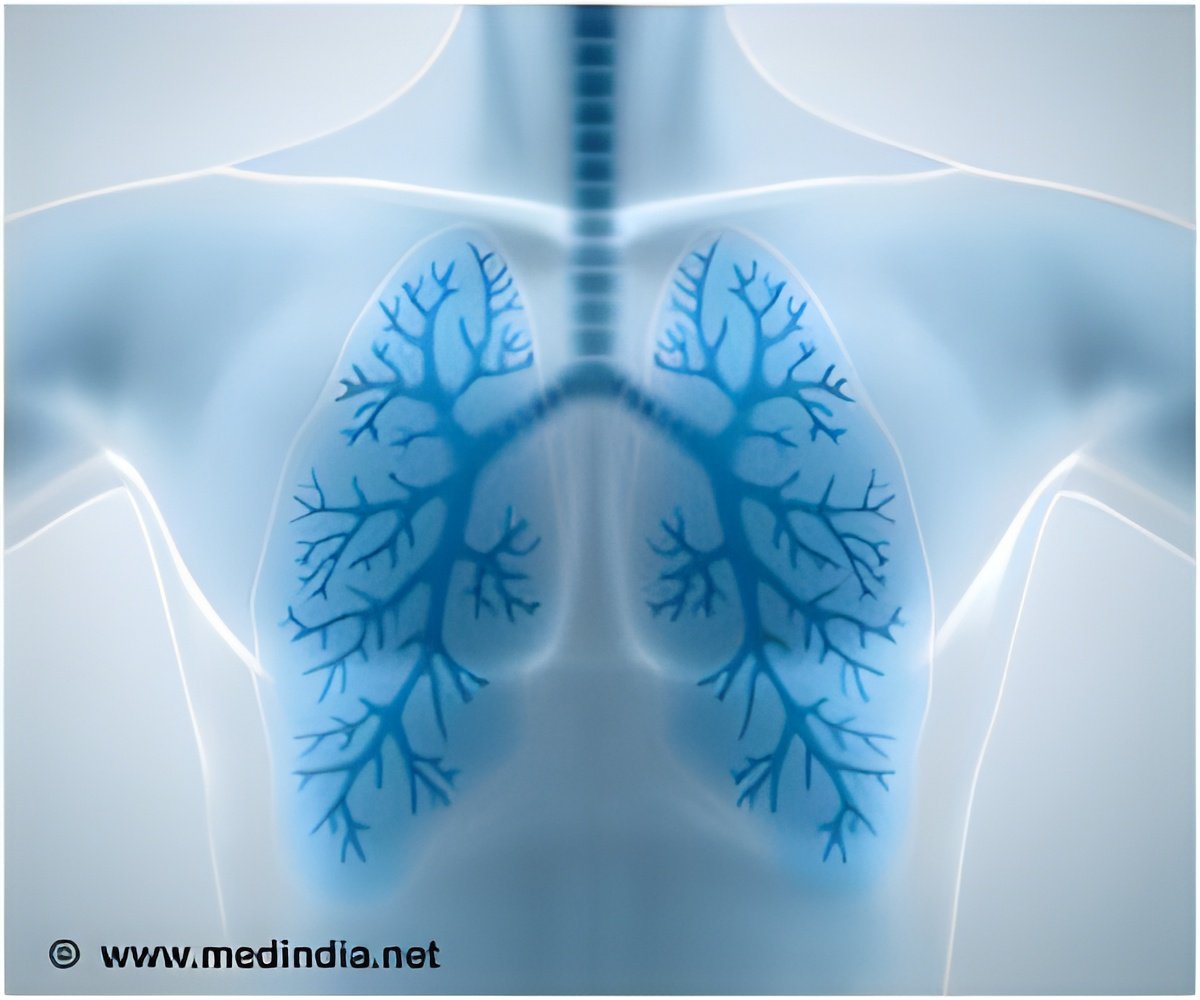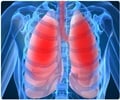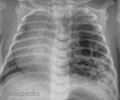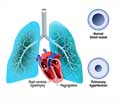A new study from researchers in Spain says that bronchiectasis is independently associated with an increased mortality risk in patients with moderate-to-severe COPD.

"As COPD patients with bronchiectasis have an increased incidence of other known prognostic factors, we hypothesized that bronchiectasis itself would also have prognostic value," said lead author Miguel Ãngel MartÃnez-GarcÃa, MD, of La Fe University and Polytechnic Hospital in Valencia, Spain. "We found that the presence and severity of bronchiectasis were associated with an increase in all-cause mortality in patients with moderate-to-severe COPD, independent of other known risk factors, including pulmonary function and other comorbidities."
The findings were published online ahead of print publication in the American Thoracic Society’s American Journal of Respiratory and Critical Care Medicine.
The multicenter prospective observational study included 201 consecutive patients with moderate-to-severe COPD; 115 of them (57.2%) had bronchiectasis, which was diagnosed by high-resolution computed tomography (CT) scan of the chest. COPD severity was classified according to Global Initiative for Chronic Obstructive Lung Disease (GOLD) criteria.
During a median 48 months of follow-up, there were 51 deaths, including 43 among the patients with bronchiectasis. In a multivariate analysis adjusted for dyspnea, body mass index, presence of potentially pathogenic microorganisms in sputum,comorbidities, number of severe exacerbations and other potentially confounding factors, bronchiectasis was associated with a significantly increased risk of all-cause mortality (hazard ratio 2.54, 95%CI, 1.16-5.56; p=0.02).Age, Charlson Index, and post-bronchodilator ratio of forced expiratory volume in 1 second were also shown to have prognostic value.
The study had a few limitations, including that some variables that have been shown to predict mortality in COPD were not included in the analysis and exact measurement of the size of the bacterial load in sputum samples was not possible.
Advertisement
To read the article in full, please visit: http://www.thoracic.org/media/press-releases/resources/Martinez-Garcia1.pdf.
Advertisement
With an impact factor of 11.080, the AJRRCM is a peer-reviewed journal published by the American Thoracic Society.It aims to publish the most innovative science and the highest quality reviews, practice guidelines and statements in the pulmonary, critical care and sleep-related fields.
Founded in 1905, the American Thoracic Society is the world’s leading medical association dedicated to advancing pulmonary, critical care and sleep medicine. The Society’s 15,000 members prevent and fight respiratory disease around the globe through research, education, patient care and advocacy.
Contact for article: Miguel Angel Martinez-Garcia, Pneumology Service, University and Polytechnic La Fe Hospital, Bulevar Sur s/n46340, Valencia. Spain.
Phone:+34-609865934
Email: [email protected]
Source-Newswise











